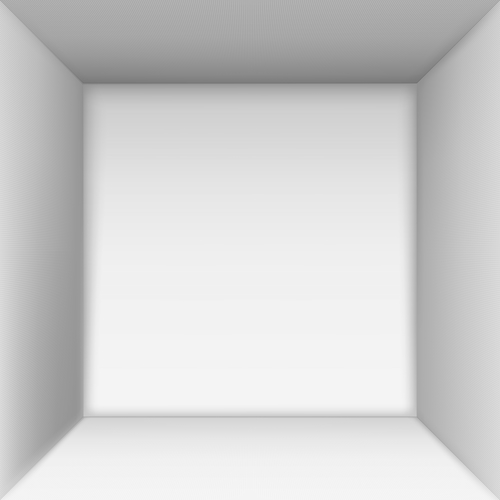Right angles—perpendicular intersection of surfaces and lines—apply to many things such as manufacturing, agriculture, civil engineering, and architecture. There is an array of terms utilized to explain this relationship, including squareness, normalcy, 90 degrees, and perpendicularity.
When it comes to engineering products, some of them do not feature perpendicular surfaces. In this case, perpendicularity when engineers and technicians need to create dimensions via rectangular coordinates. In the manufacturing industry, the measurement and implementation of right angles are never perfect. It is whether you achieve a higher degree of perpendicularity or not.





